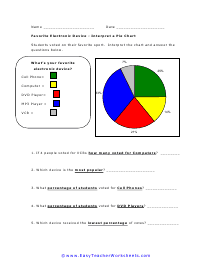When we want to make sense of data that we or someone else has collected drawing a pictorial representation of the data really helps us better understand the data. We can spot trends or where there might be overlap. We can clearly see which value is the greatest and least. There are many different types of graphs and charts that can bring the data to life for us. When we need to track changes over time, we recommend using a line graph. When you need to compare different groups or gauge change within those groups bar graphs come in handy. When we are exploring parts of a whole system pie or circle graphs are usually the go to. When we want to find out if a relationship exists between two things the x-y plot is very helpful. We use graphs to show how things relate to each other and to help us make sense of data. It is one of those times that we are making a picture from math. If you ever peeked into the financial market you will see a slew of graphs. Understanding what those graphs mean and predicting what the graph will look like in the future are the fundamentals of any financial system. Needless to say, being able to read graphs is just as important as being able to understand what they mean.
The section on selecting graph types is a fundamental skill that is left out of most standards that we have seen, but it definitely is a core skill all kids should learn. In this section you will find just under 500 worksheets that are purely devoted to graphs and graphing. You will also find several different graphing worksheets topics in our algebra and geometry sections. Since those are much more advanced, we left them to those section. Here you will find the more fundamental sheets. We do go over how to interpret trends and make inferences based on our data.

























